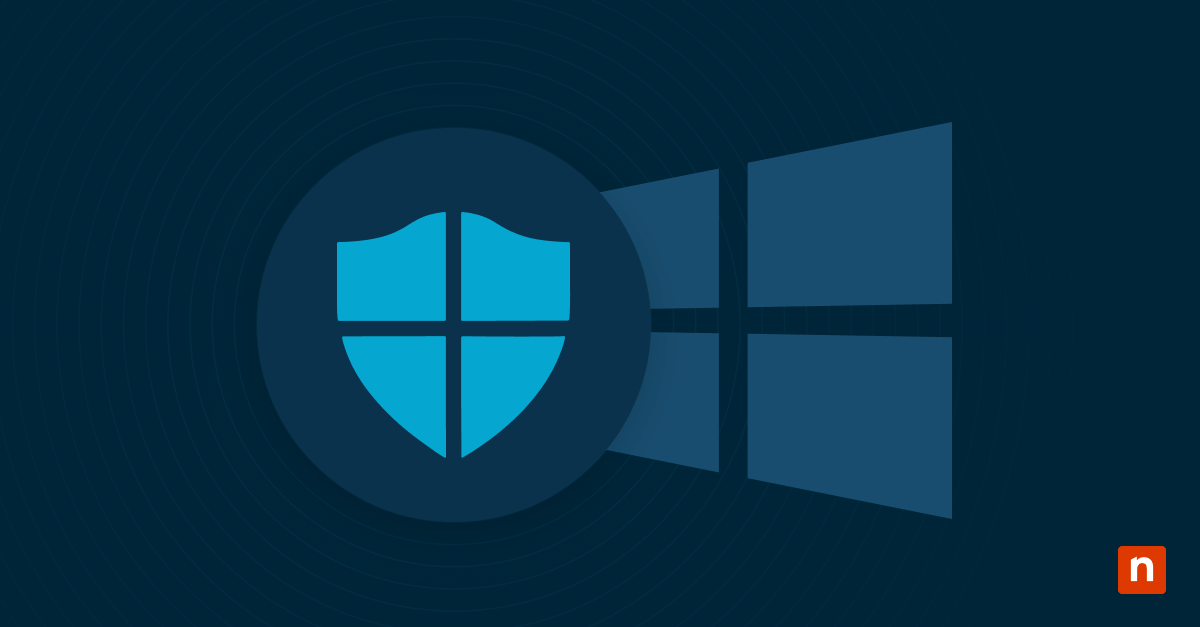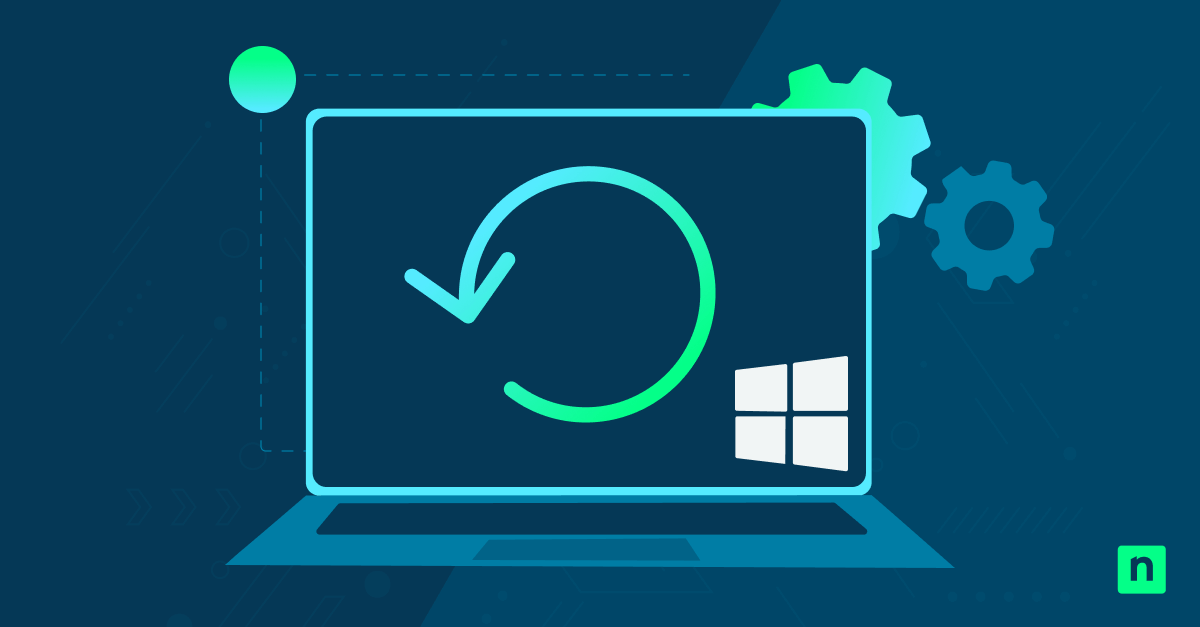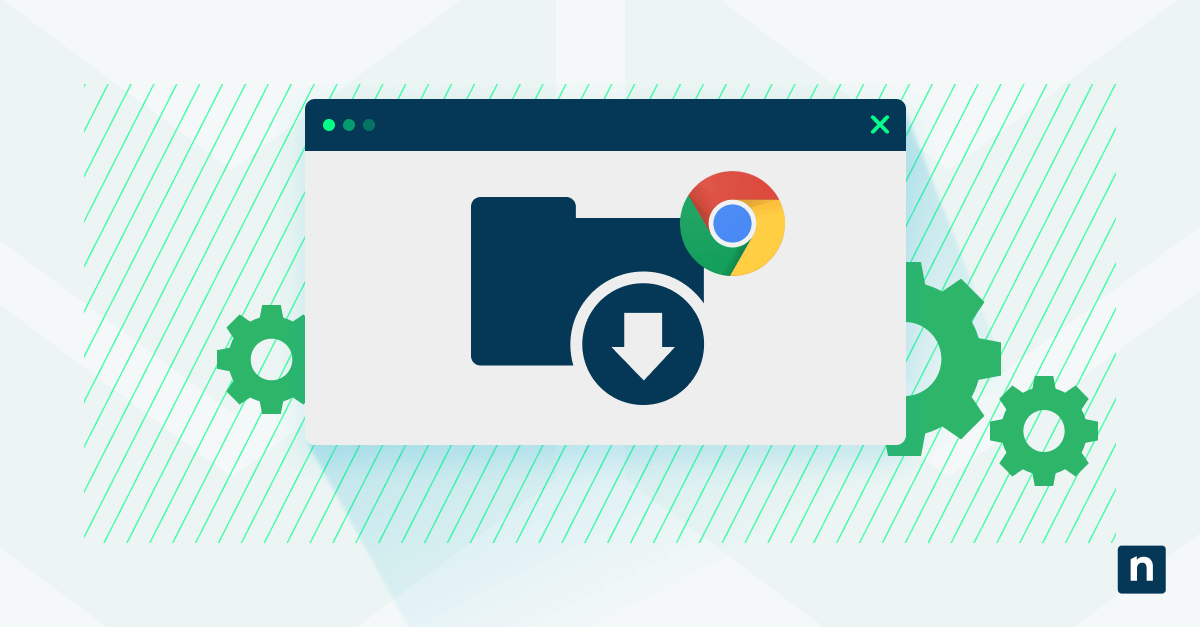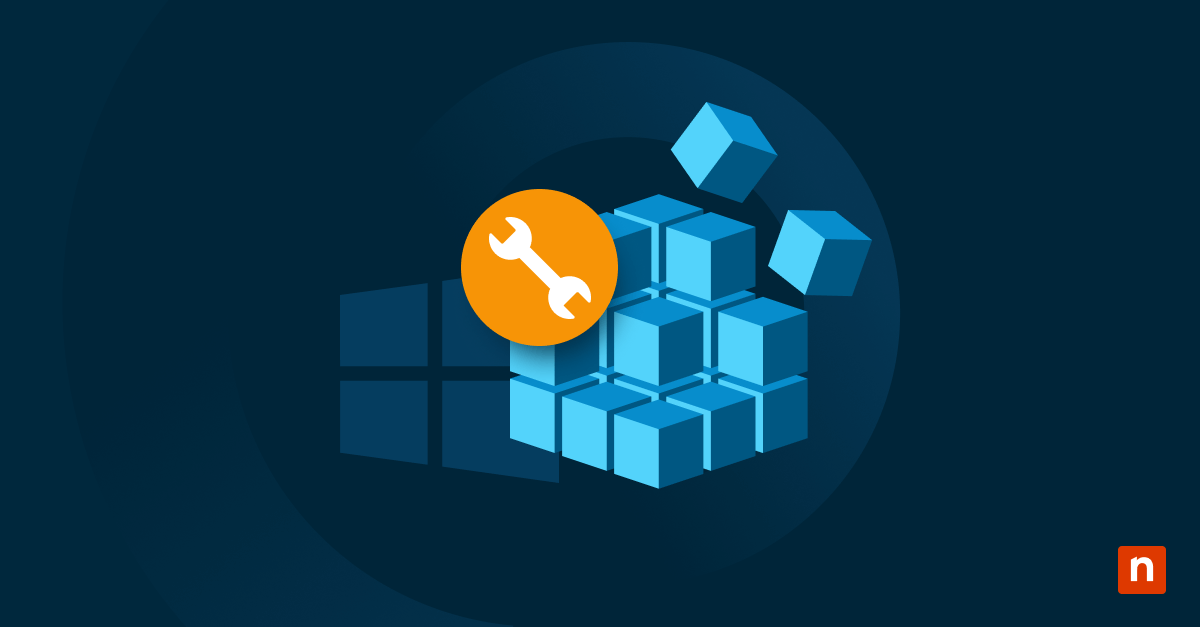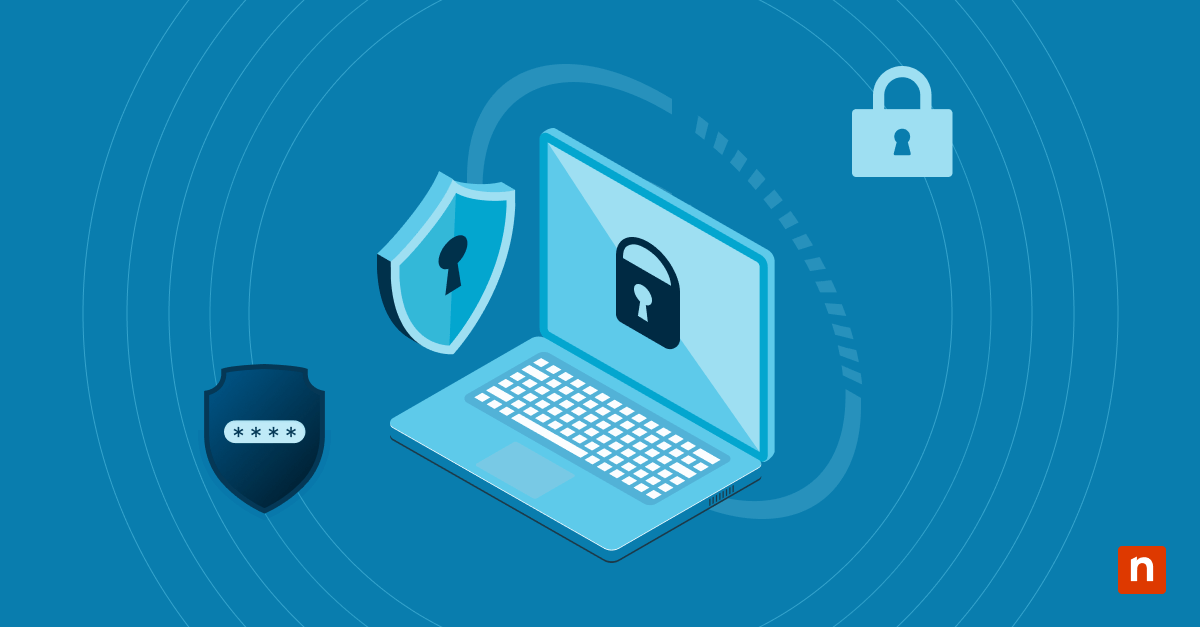Windows offers a built-in solution called File History, which is an easy and efficient way to safeguard important files or folders. Accidental deletions, ransomware attacks, or system crashes can lead to the loss of valuable data. Knowing how to restore files using File History allows users to recover valuable data in minutes.
In this File History Windows guide, we’ll break down what File History can do and then provide an in-depth guide on how to use File History in Windows and how to restore deleted files using File History to ensure your data remains protected.
What is File History?
File History is Windows’ free, built-in backup software that automatically saves copies of documents, photos, music, videos, and other critical files. When enabled, File History periodically monitors changes made to your data and saves previous versions. If you accidentally delete a file or need an earlier version, you can easily retrieve it.
How does File History work?
File History backs up the data stored in user folders, such as Documents, Desktop, Music, Pictures, and Videos. Once activated, it creates copies of these files on an external drive or network storage location. Whenever a change is detected in your documents, File History updates the backup with the latest version. Users can specify how often backups are created and how long versions are retained.
When you need to restore a file, File History provides a simple interface for browsing through different versions of your data and recovering it with just a click. If you’ve enabled it, recovering an accidentally deleted or earlier file version is as easy as navigating through the backup versions and selecting the one you need.
Who typically benefits the most from using File History?
Unlike enterprise-grade full-system backups, File History focuses on creating file-level backups rather than entire systems, making it exceptionally lightweight and convenient for everyday users. Smaller businesses can also rely on File History to protect sensitive data; however, investing in more advanced Windows backup solutions for additional data protection is highly recommended.
Protect your files and minimize downtime with NinjaOne’s feature-rich cloud-based backup and storage.
When to use File History over other backup methods
1. Easy to use
File History is very straightforward to set up, making it beginner-friendly. Restoring files is fast and intuitive, whether you’re recovering a single file or multiple versions.
2. Automated backups
Once enabled, File History works automatically, creating backups on a schedule and reducing the need for manual intervention.
3. Lower costs
File History is a free feature built into Windows, requiring only an external drive or network location.
Prerequisites for enabling File History
Before you can start using File History for restoration, ensure that File History is enabled on the system. To enable File History in Windows, navigate to The Control Panel > System & Security and turn on File History. Next, make sure the system has been running backups with File History and that the external or network drive contains the backup data.
Step-by-step guide to File History restoration
1. Ensure File History is enabled
The first File History recovery step you need to take is to enable File History on your Windows device and configure a location – either an external hard drive or a network drive – to store your backup files.
2. Restore your files
There are 3 methods to initiate restoring a file or folder via File History.
-
Restore files from File History via File Explorer
Select the file, folder, or library you wish to restore, and then click the Home button at the top left of the File Explorer window. In the file browser’s ribbon, you will find a History that you need to click.
-
Restore files from File History from the Control Panel
Navigate to Control Panel > File History and then click on “Restore personal files,” located on the left side of the Control Panel window.
-
Restore files from File History through Settings
In the Settings App, navigate to Settings > Update & Security > Backup and click on the “More options” button. In the new window, select “Restore files from a current backup”.
3. Locate the correct backup version to restore
After following one of the methods above, you’ll be taken to a Windows that allows you to browse all the backed-up versions, identified by timestamps showing when the backup was captured. Click on the desired version to restore it.
4. Restore data either to its original location or a new one
To restore the file or folder to its original location, click the green Restore button at the bottom of the File History window. This action will overwrite the existing file if it’s already in the original location.
On the other hand, if you wish to restore the file or folder to a different location, right-click the “Restore” button and select “Restore to”.
Troubleshooting issues with File History
-
File history isn’t displaying backups correctly
Make sure the operating system properly connects and recognizes the external drive or network location.
If the issue persists, try navigating to Control Panel > File History to check if backups are active and configured correctly. In some instances, File History can fail to display saved backups due to indexing issues. Disable and re-enable File History to force a re-index.
-
Restoration failures
Corrupted backups or insufficient permissions can lead to failed restoration attempts. Launch File History with Administrator-level permissions to avoid errors caused by restricted access.
You can also try using a disk-check tool, such as CHKDSK on Windows, to identify and repair errors on the backup volume.
Another possible cause of these failures is insufficient drive space to restore data, so make sure you have enough disk space to restore the file.
Use cases for File History restoration
-
Recovering accidentally deleted files or folders
File History keeps a backup of the deleted file or folder, allowing end-users and IT administrators to recover them quickly.
-
Rolling back to an earlier version of the file
End-users may overwrite important content or want to revert to an earlier version of a file. File History’s versioning feature ensures that files can be restored to previous iterations. Each saved file version is timestamped, making it easy to roll back undesirable edits while keeping other work intact.
-
Data restoration
Hard drive failures and file corruption caused by unexpected shutdowns, malware attacks such as ransomware, or software crashes can make critical files inaccessible. File History adds redundancy to critical data, allowing users to restore files and folders from a backup drive or network location, even if the primary device is compromised.
FAQs
What types of files does File History back up?
File History backs up files stored in your user folders, such as Documents, Desktop, Downloads, Pictures, Music, and Videos. It also includes files in Libraries and any additional folders you manually select for backup. However, it does not back up system files or applications.
Can I use File History without an external drive?
Yes, you can use File History without an external drive by saving your backups to a network location, such as a shared folder on another device or server.
How often does File History create backups?
By default, File History creates backups every hour, but you can adjust the frequency from as little as every 10 minutes to once a day and specify how long to keep them.
Is File History available in all versions of Windows?
File History was first made available in Windows 8, 8.1, 10 and 11. This makes it a reliable choice for file-level data recovery for Windows 10/11.
Utilizing File History alongside other backup methods
For organizations, managed service providers (MSPs), and IT teams, File History should not be your sole protection strategy. While it offers basic, file-level redundancy, consider pairing it with more robust backup methods.
Third-party backup tools, such as NinjaOne Backup, offer advanced features such as automation, encryption, and rapid recovery that File History alone cannot do. The best backup software can also create full image snapshots of the system, including operating system configurations and application data. This significantly reduces downtime, as it allows users to recover entire systems instead of individual files. Lastly, cloud backup solutions ensure added resiliency by safely storing critical files offsite and protecting sensitive business data from hardware failures, theft, cyberattacks, and disasters.
Best practices for maintaining backup drives or network storage
1. Monitor drive space
File History backups can quickly accumulate, so remote monitoring tools can be utilized to monitor storage space. Full device visibility allows technicians to clean up older versions or extend storage space to keep backups uninterrupted.
2. Secure the backups
IT security tools, such as file encryption, safeguard data and backups against unauthorized access or ransomware attacks.
3. Automate backup processes
Leveraging automation tools allows users to schedule backups that can run in the background instead of manual intervention. Automation eliminates human error, ensuring that backups are consistently created.
4. Follow the 3-2-1 method
Having multiple backup locations increases redundancy, ensuring a backup copy is always available even if one location is compromised, lost, or corrupted. The 3-2-1 method means always keeping 3 copies of a backup on 2 types of media (such as a local drive and an external hard drive), with 1 copy in cloud storage or an off-site location.
Discover why 82% of NinjaOne users replaced 3-4 tools with NinjaOne’s all-in-one solution for securing your Windows devices and data.
Safeguarding data with Windows backup solutions
File History allows MSPs and IT professionals to maintain file-level backups and recovery in Windows environments. However, File History alone is not enough. Organizations must devise a business continuity plan to ensure minimal downtime. For businesses in tightly regulated industries, using File History alone will not meet their compliance management requirements.
Advanced backup solutions, such as NinjaOne Backup, provide even greater resilience, ensuring data protection and minimizing downtime. NinjaOne allows users to back up critical business data in safe, encrypted cloud storage, remotely monitor and manage their Windows devices, and backup storage from a single pane of glass. Find out why NinjaOne is G2’s #1 choice for PC and online backup software. Watch a demo or get started with a 14-day free trial.



